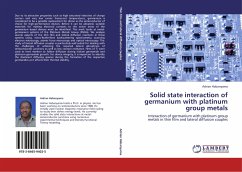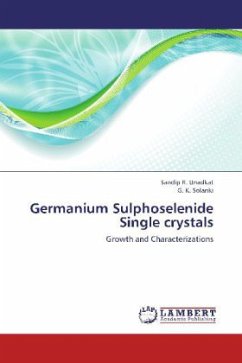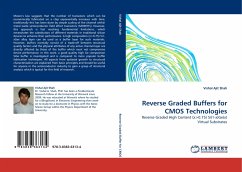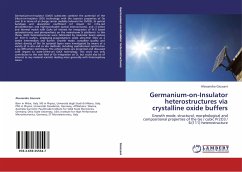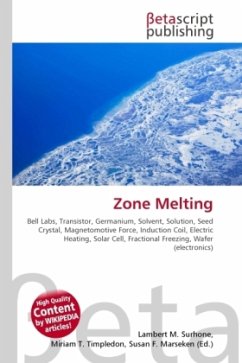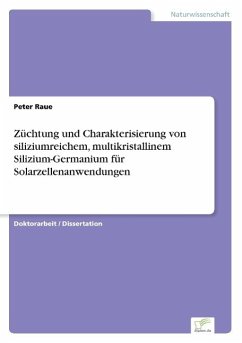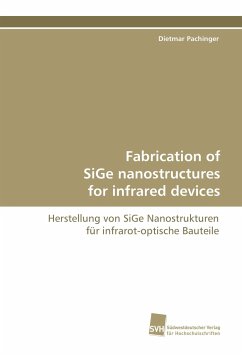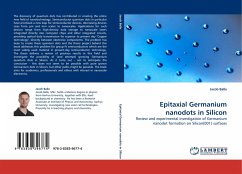
Epitaxial Germanium nanodots in Silicon
Review and experimental investigation of Germanium nanodot formation on Silicon(001) surfaces
Versandkostenfrei!
Versandfertig in 6-10 Tagen
39,99 €
inkl. MwSt.

PAYBACK Punkte
20 °P sammeln!
The discovery of quantum dots has contributed in creating the entire new field of nanotechnology. Semiconductor quantum dots in particular have promised a new leap for semiconductor devices, decreasing devices sizes from m and mm scales to nanoscales. Applications for such devices range from high-density data storage to nanoscale lasers integrated directly into computer chips and other integrated circuits, providing optical data transmission far superior to present day "Copper technology", directly between electronic components. The problem has been to create these quantum dots and the thesis ...
The discovery of quantum dots has contributed in creating the entire new field of nanotechnology. Semiconductor quantum dots in particular have promised a new leap for semiconductor devices, decreasing devices sizes from m and mm scales to nanoscales. Applications for such devices range from high-density data storage to nanoscale lasers integrated directly into computer chips and other integrated circuits, providing optical data transmission far superior to present day "Copper technology", directly between electronic components. The problem has been to create these quantum dots and the thesis project behind this book addresses this problem for group-IV semiconductors which are the most widely used material in present-day semiconductor technology. The thesis delivers a review of previous results in this field and investigate the possibility of (and attempt) growing Germanium quantum dots in Silicon. As it turns out - not to anticipate the conclusion - this does not seem to be possible with pure grown Germanium dots in Silicon, but other paths might be possible. The book aims for academics, professionals and others with interest in nanoscale electronics.



